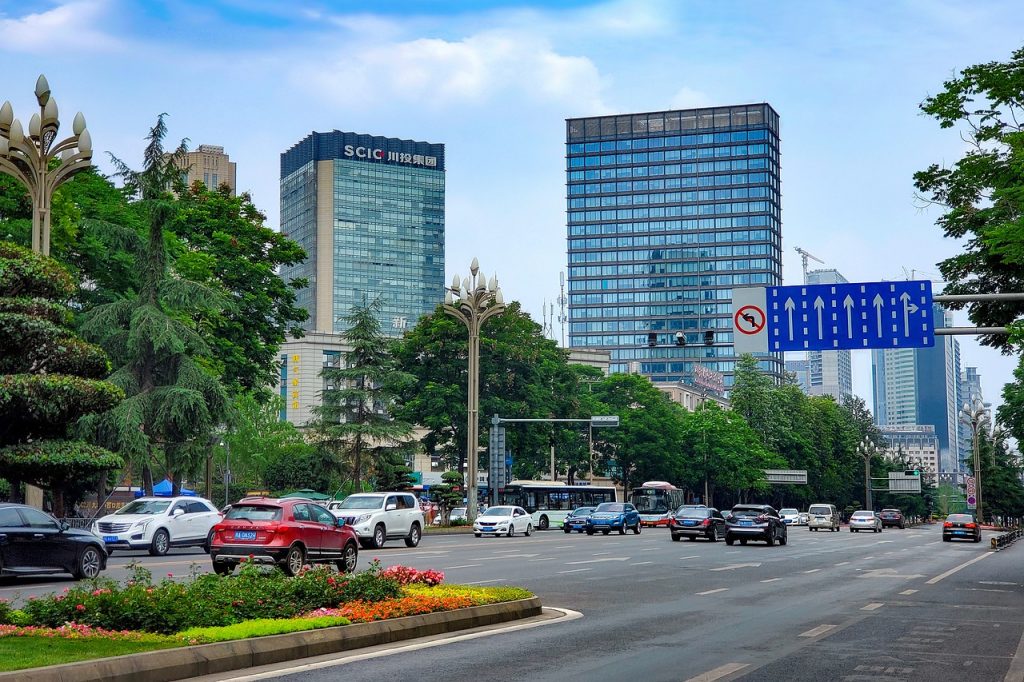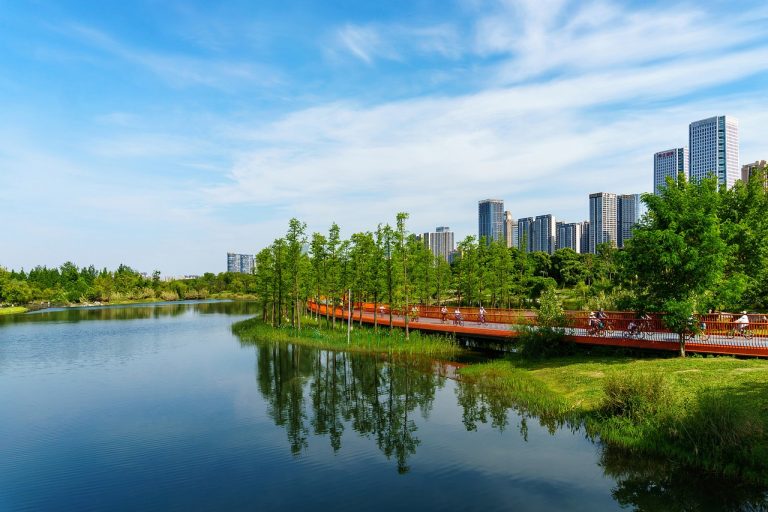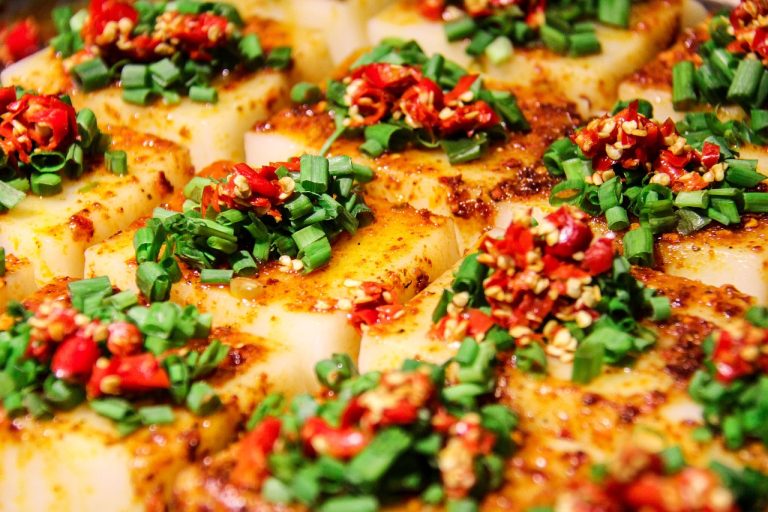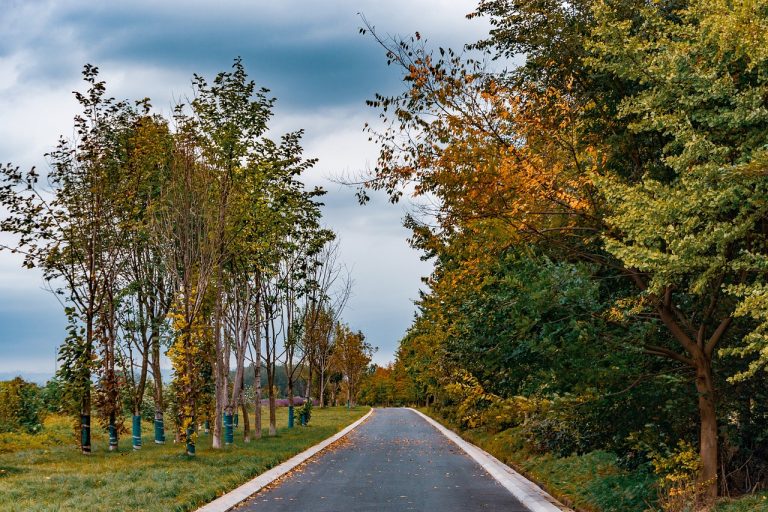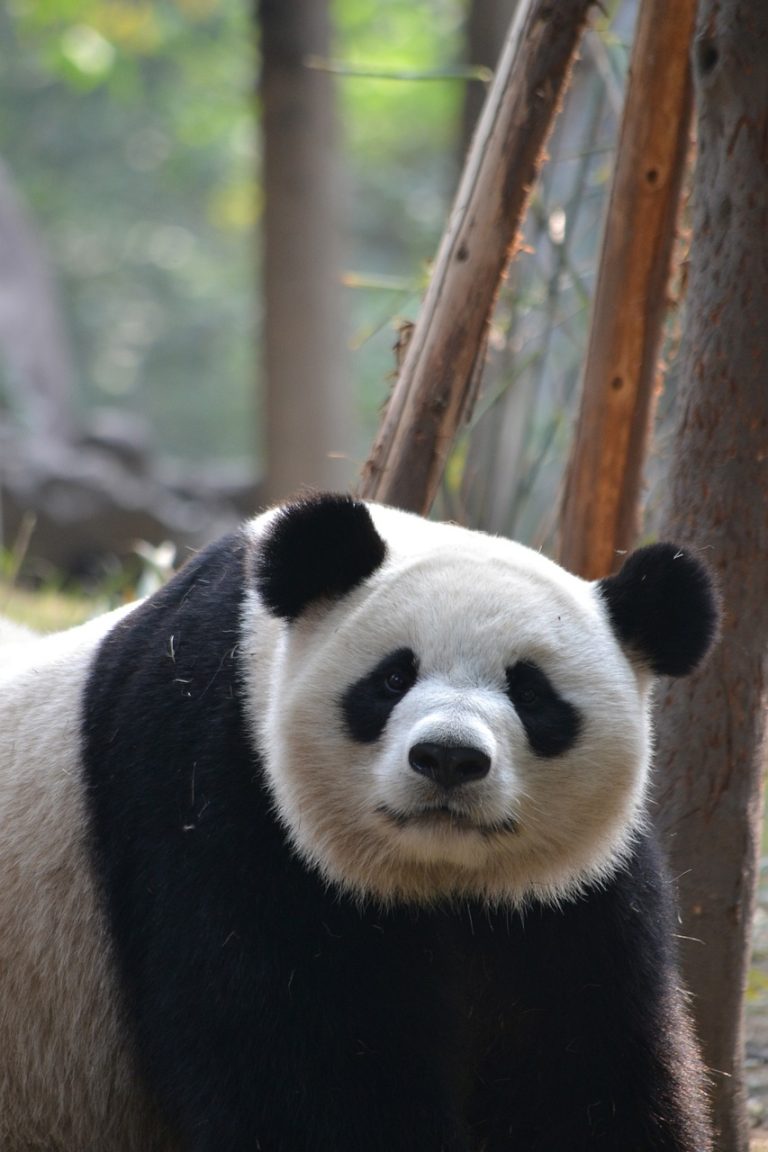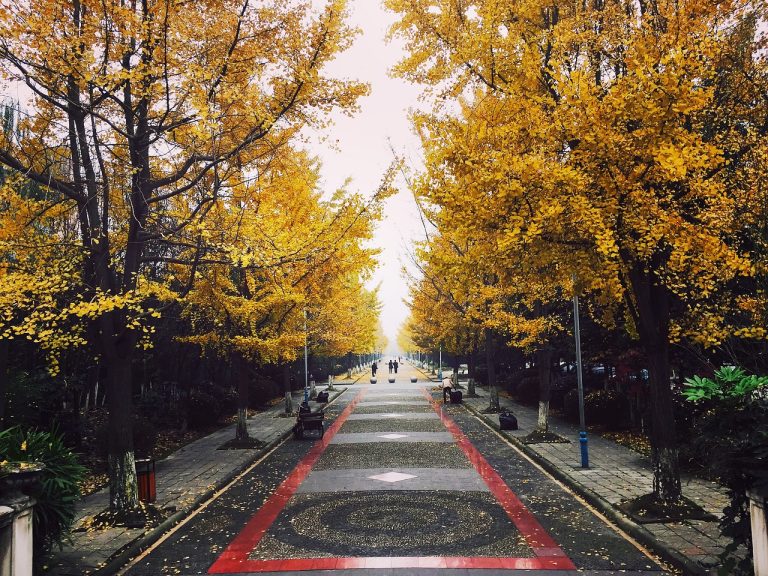Chengdu China Video
Local Myths and Legends of Chengdu China
Chengdu, the capital city of Sichuan province in China, is steeped in history and culture. The city is not only known for its spicy cuisine and giant pandas but also for its rich collection of local myths and legends. These tales have been passed down through generations, captivating the imagination of both locals and visitors alike. In this article, we will explore some of the fascinating myths and legends that have become an integral part of Chengdu’s cultural heritage.
1. The Legend of Jinsha
- Jinsha Archaeological Site: Discovered in 2001, the Jinsha Archaeological Site is a significant historical landmark in Chengdu. It is believed to be the capital of the ancient Shu Kingdom dating back over 3,000 years. Excavations at the site have unearthed numerous artifacts and relics, shedding light on the ancient civilization that once thrived in the region.
- The Golden Sunbird: According to legend, the Golden Sunbird was a divine creature that guarded the ancient Shu Kingdom. It is said that the bird possessed the ability to control the weather and bring prosperity to the land. The discovery of a large number of gold artifacts depicting the sunbird at the Jinsha Archaeological Site has further fueled the mythical tale.
- Divine Tree: Another mythical element associated with the Jinsha site is the Divine Tree. Legend has it that a sacred tree stood at the center of the kingdom, connecting the heavens and the earth. It was believed to possess immense spiritual power and was a symbol of divine protection.
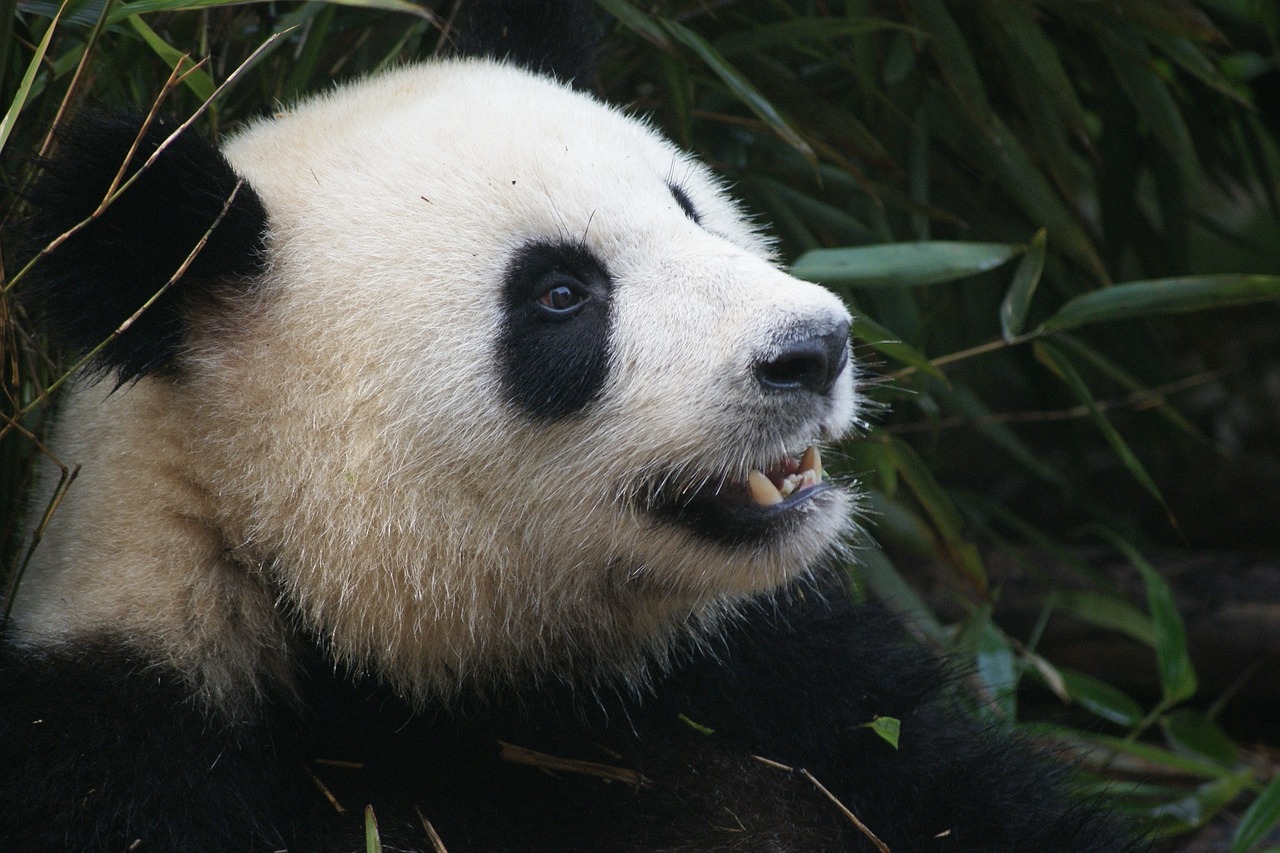
2. The Tale of Du Fu
- Du Fu Thatched Cottage: Du Fu, one of China’s greatest poets, resided in Chengdu during the Tang Dynasty. The Du Fu Thatched Cottage is a historical site that commemorates his life and works. It is a tranquil retreat surrounded by bamboo groves and gardens, offering visitors a glimpse into the poet’s world.
- Exile and Reflection: Du Fu was forced into exile due to political turmoil during his time. His poems reflect his longing for his homeland and his observations of the hardships faced by the common people. His verses capture the essence of human emotions and provide a window into the historical context of the era.
- Poetic Legacy: Du Fu’s poetry has had a profound impact on Chinese literature and is revered for its depth and sincerity. His verses continue to inspire generations of poets and enthusiasts, making him a revered figure in Chinese culture.
3. The Legend of Wuhou
- Wuhou Shrine: The Wuhou Shrine is a memorial temple dedicated to Zhuge Liang, a prominent military strategist and statesman during the Three Kingdoms period. The shrine honors his contributions and serves as a place of worship for those seeking wisdom and guidance.
- Wisdom and Strategy: Zhuge Liang, also known as the “Sleeping Dragon,” was renowned for his intellect and strategic prowess. Legends depict him as a wise and virtuous figure who played a crucial role in shaping the history of the Three Kingdoms era.
- Red Cliffs Battle: One of the most famous events associated with Zhuge Liang is the Battle of Red Cliffs. His strategic brilliance helped the allied forces of Liu Bei and Sun Quan secure a decisive victory against the powerful warlord Cao Cao. This battle has been immortalized in literature and is a symbol of triumph against adversity.

4. The Legend of Huanglongxi
- Huanglongxi Ancient Town: Located near Chengdu, Huanglongxi is an ancient town with a history spanning over 1,700 years. Its well-preserved architecture and traditional charm make it a popular tourist destination.
- The Love Story of Zhu Bajie: Huanglongxi is famous for its association with the legendary character Zhu Bajie from the classic Chinese novel “Journey to the West.” According to the tale, Zhu Bajie fell in love with a mortal woman in Huanglongxi and decided to abandon his divine status to be with her. Their love story is celebrated in the town, and visitors can explore the landmarks associated with this mythical romance.
- Traditional Festivals: Huanglongxi is known for its vibrant traditional festivals, such as the Lantern Festival and the Dragon Boat Festival. These celebrations showcase the town’s rich cultural heritage and provide an opportunity to witness traditional customs and performances.
5. The Legend of the Giant Pandas
- Chengdu Research Base of Giant Panda Breeding: Chengdu is synonymous with giant pandas, and the Chengdu Research Base of Giant Panda Breeding is a must-visit attraction. The base is dedicated to the conservation and breeding of these endangered species.
- Spiritual Guardians: In Chinese mythology, pandas are considered to be spiritual guardians and bringers of good luck. They are often associated with harmony and peace.
- The Legend of Pan Pan: Pan Pan, a famous giant panda born in the wild, became a symbol of hope for the conservation of the species. His longevity and successful breeding contributed significantly to the preservation of giant pandas.

6. The Tale of Anshun Bridge
- Anshun Bridge: Anshun Bridge, also known as the “Duan Bridge,” is a historic stone bridge spanning the Jin River. It is one of the oldest and most iconic landmarks in Chengdu.
- Dragon Boat Festival: Anshun Bridge plays a significant role during the Dragon Boat Festival, where dragon boat races are held along the Jin River. The festival commemorates the ancient poet Qu Yuan and is celebrated with great enthusiasm.
- Architectural Marvel: The design and construction of Anshun Bridge showcase the advanced engineering skills of ancient China. The bridge stands as a testament to the ingenuity and craftsmanship of the era.
7. The Legend of Qingyang Palace
- Qingyang Palace: Qingyang Palace, also known as the “Green Ram Temple,” is one of the oldest and most revered Taoist temples in Chengdu. It is dedicated to the god of longevity, Zhang Daoling.
- Taoist Philosophy: Qingyang Palace is a center for Taoist teachings and practices. It embodies the spiritual essence of Taoism, emphasizing harmony with nature and the pursuit of inner balance.
- Qingyang Festival: The annual Qingyang Festival attracts devotees and tourists from far and wide. The festival features colorful processions, traditional performances, and religious rituals, providing a glimpse into Taoist culture.
8. The Legend of Kuanzhai Alley
- Kuanzhai Alley: Kuanzhai Alley, also known as Wide and Narrow Alley, is a well-preserved historical area in Chengdu that showcases traditional architecture and local culture.
- Historical Relics: The alley is home to many historical relics, including traditional courtyard houses, ancient wells, and stone carvings. It offers a glimpse into the daily life and customs of Chengdu’s past.
- Sichuan Opera: Kuanzhai Alley is renowned for its vibrant Sichuan Opera performances. Visitors can enjoy traditional opera shows, face-changing performances, and puppetry, immersing themselves in the local performing arts scene.
9. The Tale of Wangjianglou
- Wangjianglou Park: Wangjianglou Park is a picturesque park located on the banks of the Jin River. It is famous for its elegant architecture and beautiful landscapes.
- Xue Tao, the Female Poet: Wangjianglou Park is associated with Xue Tao, a famous female poet from the Tang Dynasty. Xue Tao’s poetry reflects her independent spirit and literary talent, defying societal norms of her time.
- Poetic Inspiration: Wangjianglou Park has inspired countless poets and artists throughout history. Its serene surroundings and cultural significance make it a popular spot for contemplation and artistic expression.
10. The Legend of Mount Qingcheng
- Mount Qingcheng: Mount Qingcheng is a sacred Taoist mountain located near Chengdu. It is known as the birthplace of Taoism and is recognized as a UNESCO World Heritage Site.
- Daoist Temples: The mountain is dotted with ancient Daoist temples, reflecting the deep spiritual connection between Taoism and nature. Visitors can explore these temples and experience the tranquility of the mountain.
- Embracing Nature: Mount Qingcheng is renowned for its breathtaking scenery, lush forests, and serene hiking trails. It offers a retreat from the bustling city life, allowing visitors to connect with nature and find inner peace.
Conclusion
Chengdu, with its vibrant culture and rich history, is a city that embraces its myths and legends. These tales provide a glimpse into the city’s past, shaping its identity and captivating the hearts of those who visit. From ancient archaeological sites to legendary figures, Chengdu’s local myths and legends offer a fascinating journey through time and imagination.
References
- Jinsha Site Museum: jinshasitemuseum.com
- Du Fu Thatched Cottage Museum: www.dufuthecottagemuseum.com
- Wuhou Shrine Museum: www.wuhoushrine.com
- Huanglongxi Ancient Town: www.huanglongxi.gov.cn
- Chengdu Research Base of Giant Panda Breeding: www.panda.org.cn
- Chengdu Culture and Tourism: www.chinahighlights.com

